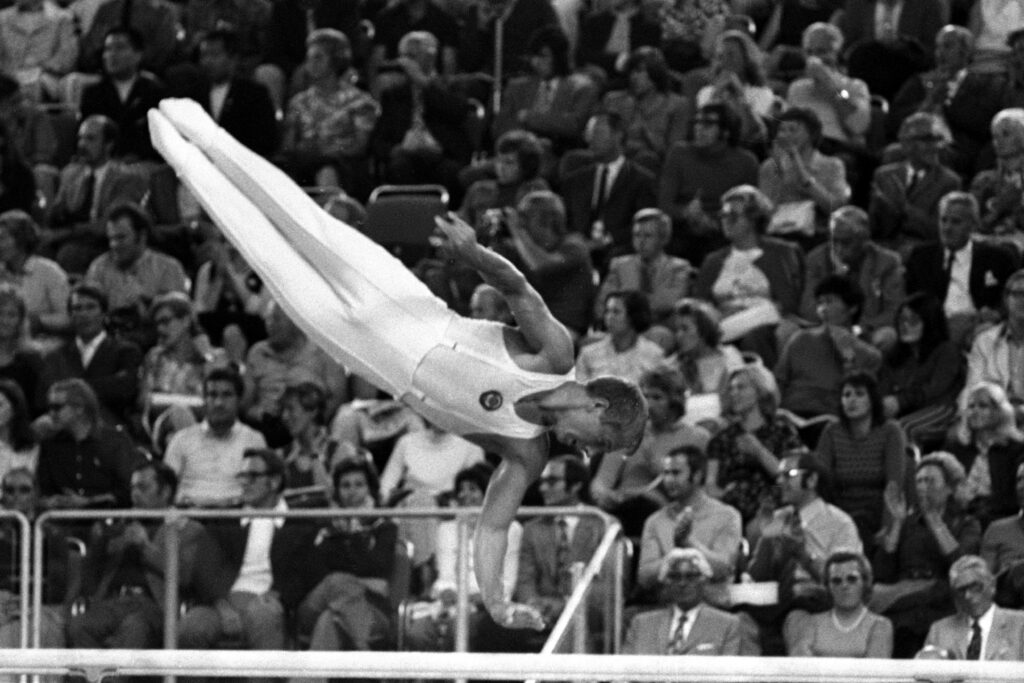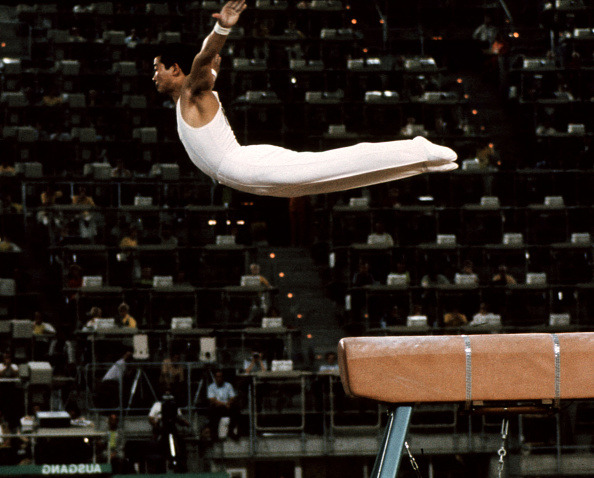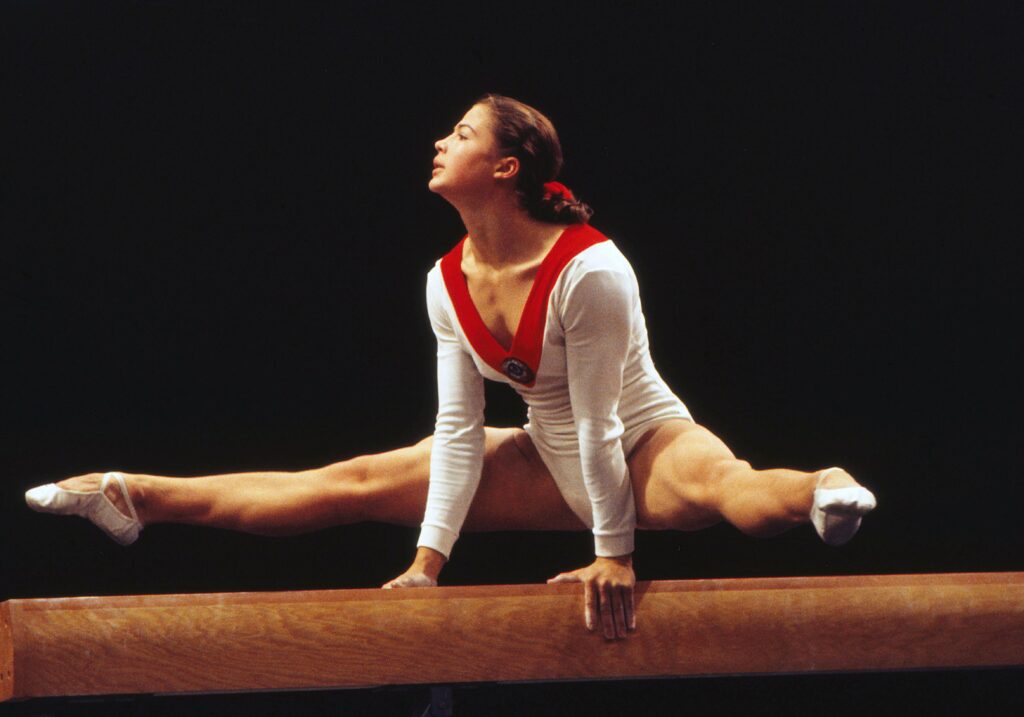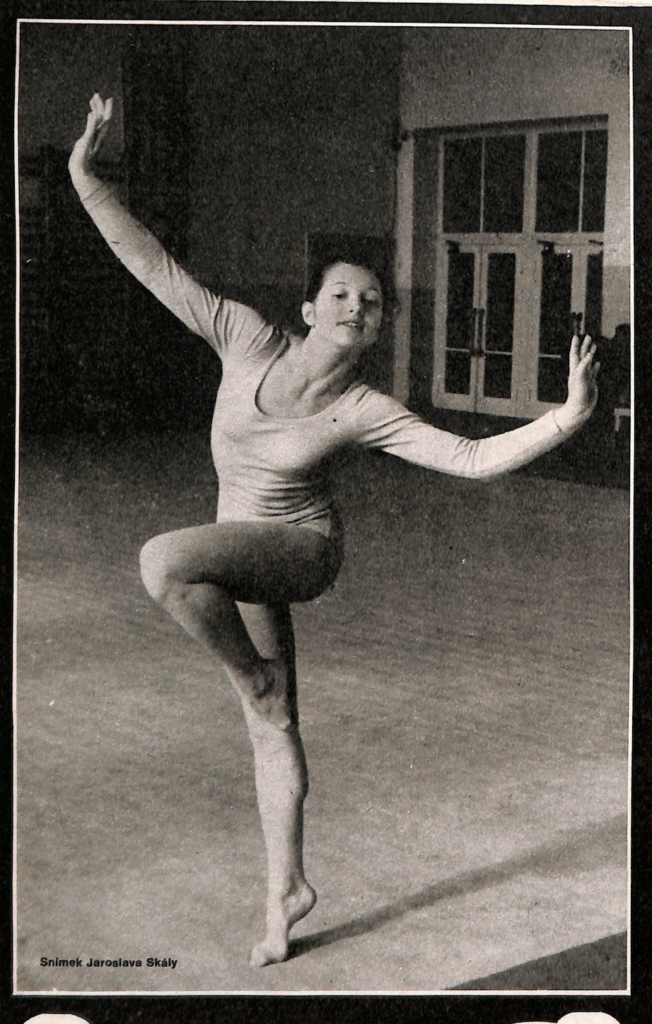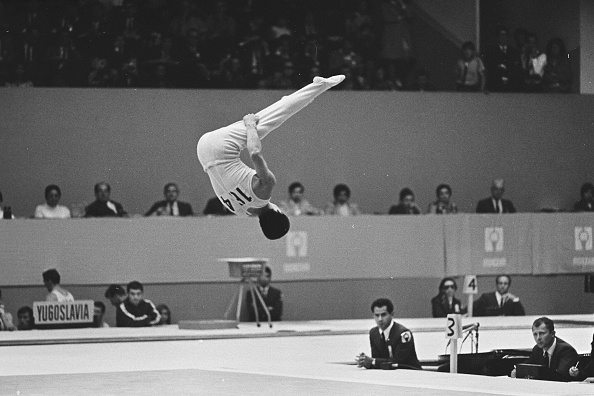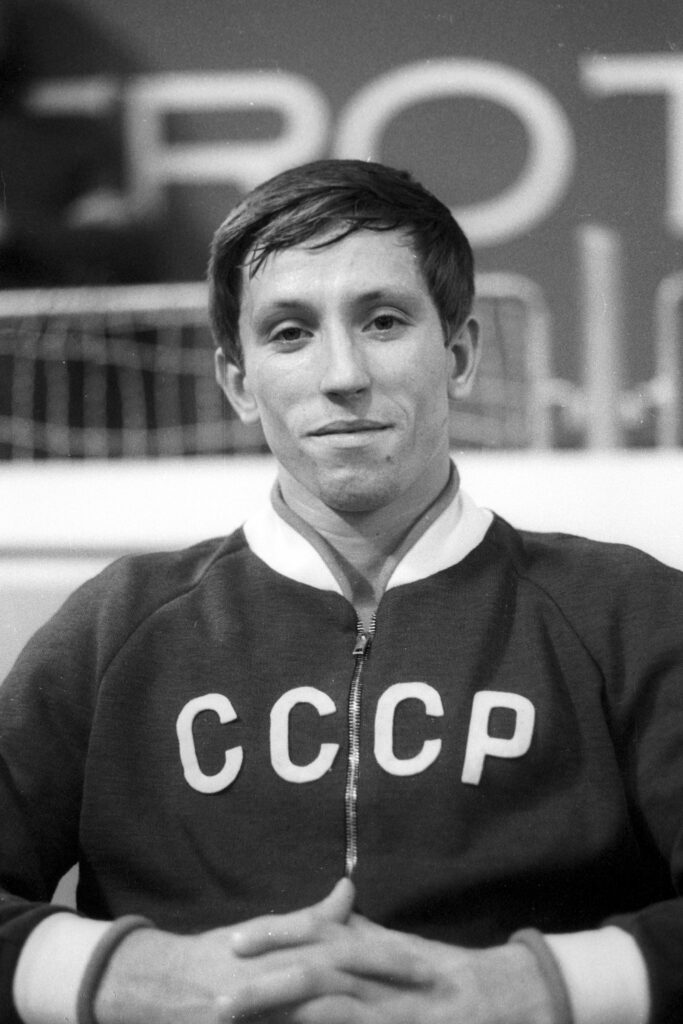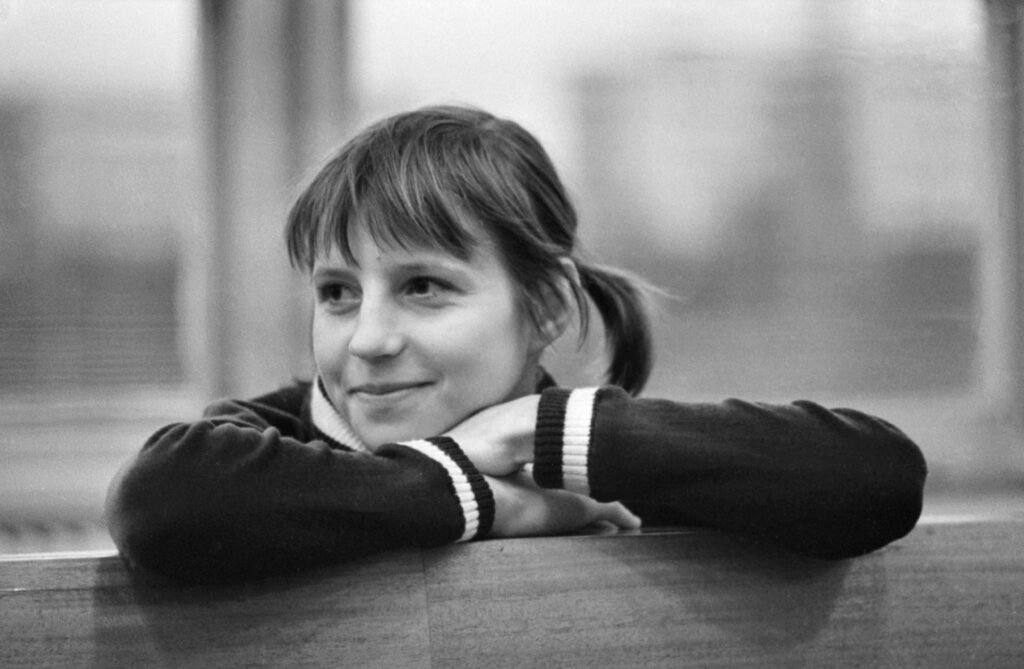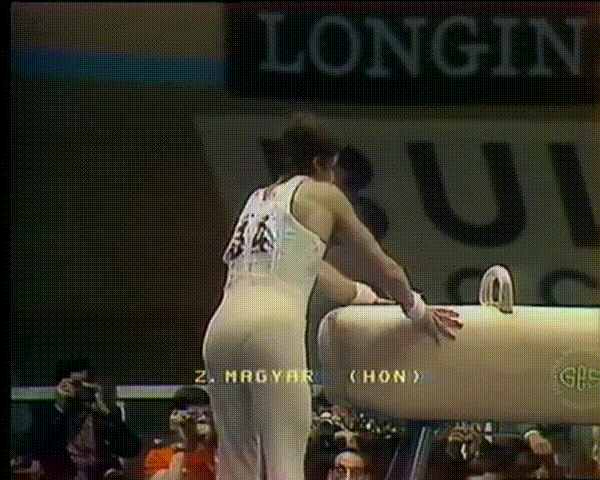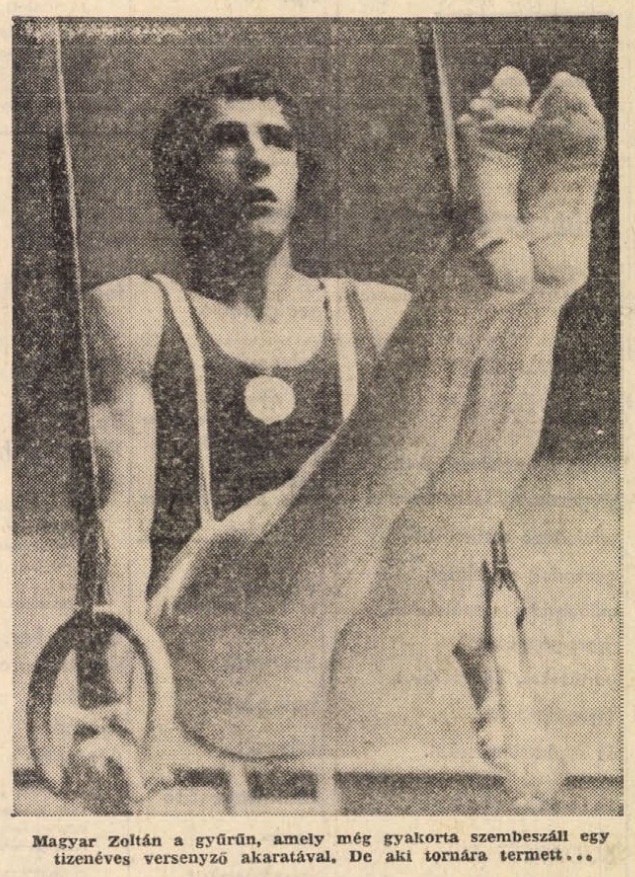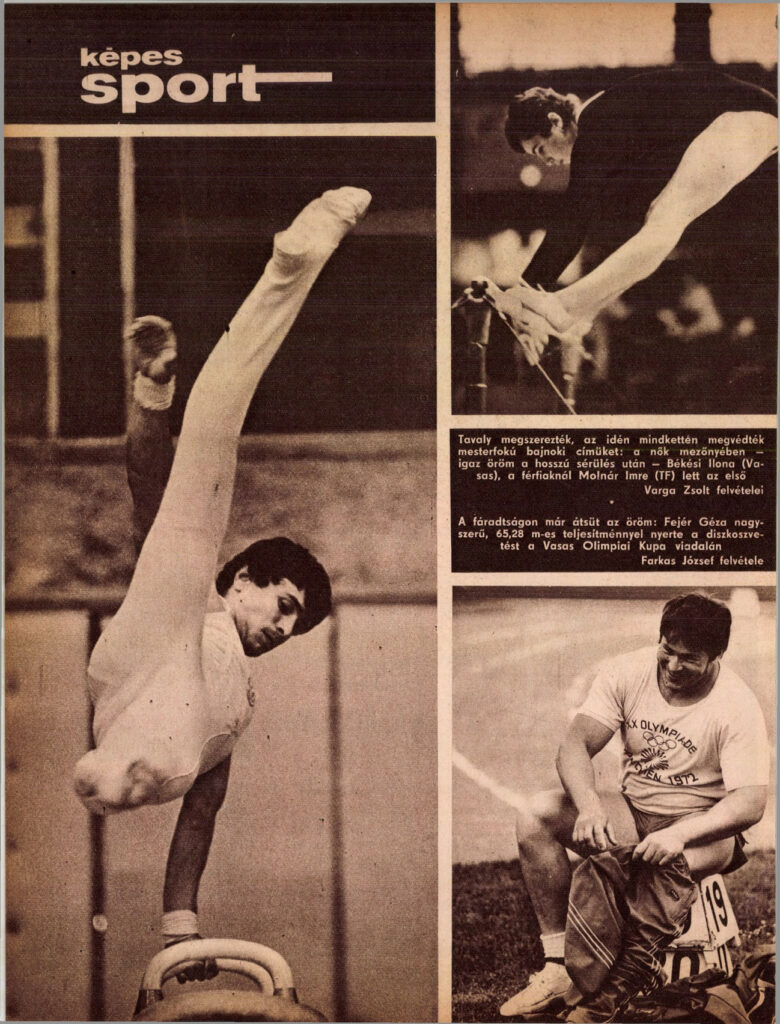After the compulsory program, Sovetsky Sport, the main sports newspaper of the USSR, printed its recap of the competition. Not surprisingly, the writer was complimentary toward the entire Soviet women’s artistic gymnastics team, adding delightful lines like, “For O. Korbut, with her unique tricks on uneven bars, performing the compulsories is as easy as shelling peas.” Of course, there were some rough spots on beam, but as the writer points out, all the teams struggled with beam.
As for the Soviet men, that was a different story. The newspaper only had good things to say about Andrianov and pointed out that Alexander Maleeev and Vladimir Shchukin did not have enough experience to be strong contributors to the team score.
Below, you can find a translation of Sovetsky Sport’s coverage.
